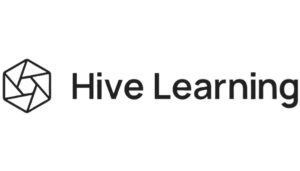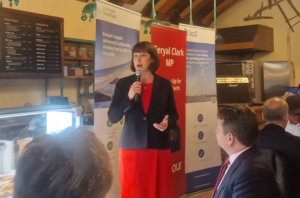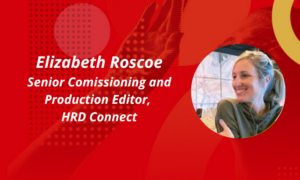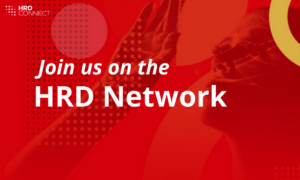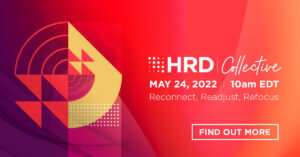Bridging the Gap: How effective leaders navigate uncertainty
- 3 Min Read
Lynne Rutherford is Group Vice President Learning and Development at logistics business Brambles. She tells us how by Understanding The Expectation Gap, the HR team at Brambles is gearing its leaders to lead through ambiguity What are the key attributes that managers need to successfully navigate change? We have probably said it all before, as we […]
- Author: Rachel Montgomery-Young
- Date published: Jan 3, 2018
- Categories

Lynne Rutherford is Group Vice President Learning and Development at logistics business Brambles. She tells us how by Understanding The Expectation Gap, the HR team at Brambles is gearing its leaders to lead through ambiguity
What are the key attributes that managers need to successfully navigate change?
We have probably said it all before, as we are all experiencing the same fast changing and increasingly complex world, but our leaders need to be “leaders who learn”, open to new ideas, and having the mindset to look beyond their immediate world, with a broader perspective than just their own field of expertise or their own industry. This comes with humility and an acceptance that as leaders they won’t have all the answers, but that’s OK.
What are the typical mistakes that leaders make in this area?
I think there is still a fear of being wrong, and a discomfort with ambiguity. Our leaders have got to where they are because of their technical expertise, however this is no longer enough. Leaders need to let go, and trust that they have people in their teams that are innovative, and who will come up with some incredible creative thinking if we just allow them the space to do so. Which is where the humility comes in. The more ambiguous the situation, the more leaders tend to look at tried and tested past solutions, which probably won’t work!
What are the challenges when trying to keep talent development aligned with the business’ strategy?
One of our biggest challenges is the balancing act between short-term results and longer term thinking. By focusing on the pressures of short-term delivery (which pleases the Shareholders), we run the risk of losing sight of the value that different thinking, and changing perspectives can bring through development and stretch assignments for our talent.
What were the main challenges you faced in your efforts to change things?
I have been very fortunate in the support from the Board and the Executive Leadership team in that they “get” what it is we are trying to do with this programme. The challenge has been from the participants themselves – as soon as they go back into the workplace after each intervention, they can get caught up in the day to day and a lot of the practices they embraced are superseded by the short term pressures they face. Ongoing support and coaching has helped and the ones who are progressing in their leadership journey are the ones that are actively working on their self awareness and mindful practices.
What about the lessons you learned?
Next time we do this, I will insist on a much more stringent selection process – we launched the programme in 2013, and the world has changed but our leadership criteria haven’t. I also need to find a more effective way to involve the participant’s line managers more in the programme, and in some cases to give them an opportunity to learn some of the practices so that the organisation is more aligned at a senior level.


